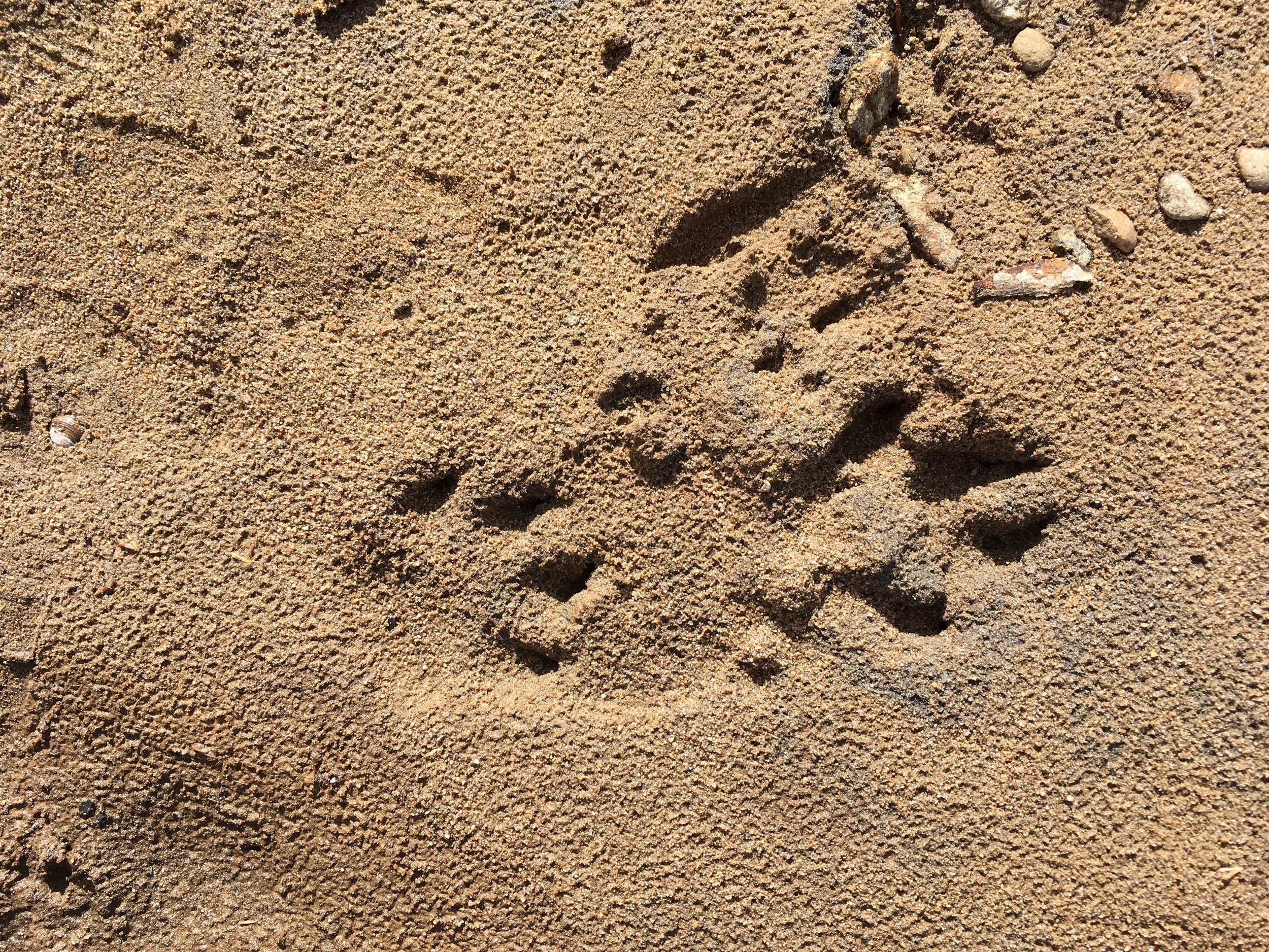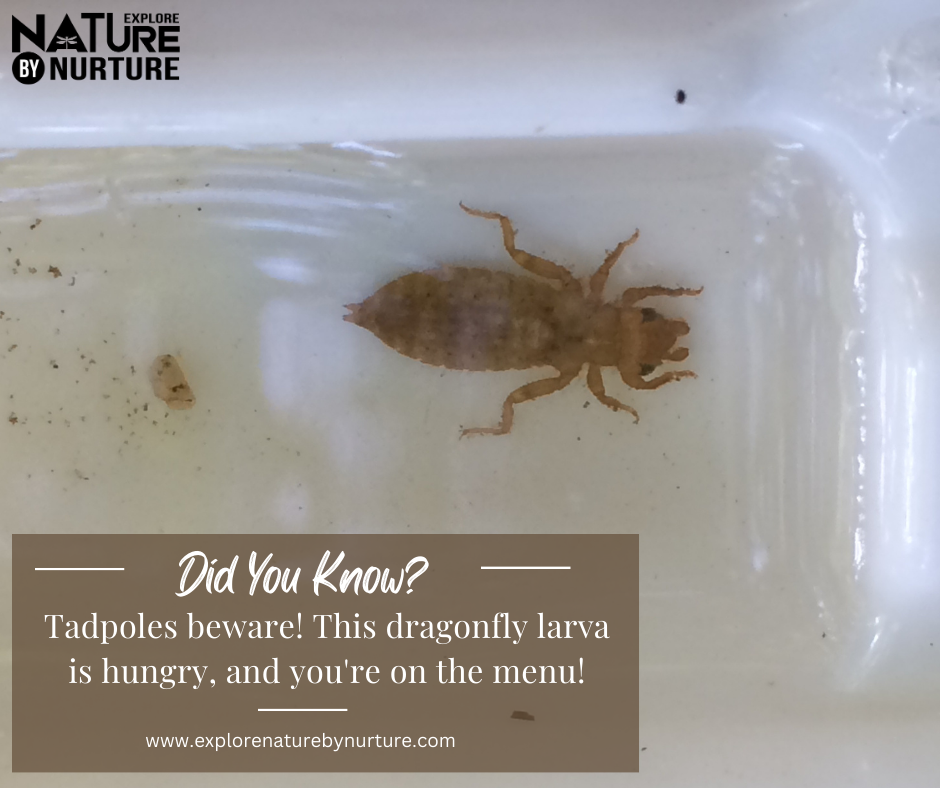
Blog
Observations and inspiration from the field
Bring more life to your journey
Track signs of spring for a meaningful look at seasonal change
Use intentional observation to help learners notice and appreciate the plants and natural processes around them. Use a citizen science project to help you create a little structure and add meaning to what they observe.
Recover from exasperation
When you’re feeling frustrated or exasperated about behavior, or conversely, when your learner is feeling frustrated or exasperated, pause. Try a strategy of “what” and “how” questions to understand challenging behavior, build trust, and invite your learners to participate in problem-solving.
A tadpole for dinner
Dragonfly larvae can eat animals larger than themselves. Because of their long-lived aquatic life stage, they are being used in a citizen science project to test mercury levels across the national parks.
A fly-by or fly-in?
Malaise traps help researchers sample flying insects. The composition of insect communities can inform scientists, land managers, and even homeowners about the relative health of the surrounding soil, water, and overall ecosystem.
Your trash is my treasure
If you’ve happened upon spotted salamander eggs and looked closely through the jelly-like matrix, you probably saw some green swirling around in the eggs with the embryos…. Observing the symbiotic relationship between the spotted salamander and green algae is a beautiful way to integrate meaningful outdoor learning into your school and study time.
Do you hear what I hear?
Your curiosity can help amphibians! Explore the outdoors with your learners, get involved with a citizen science project, or attend an Explore Nature By Nurture workshop to learn more about discovering the world around you in company.
A good time and place to cuddle up
By breaking down starches stored in its roots, dormant skunk cabbages can emerge from the ground by generating temperatures that are between 59-95 F above ambient air temperature.
Well I’ll “bee”…
Although they are the source of honey, a coveted product, honeybees were imported to the US from Europe and are a major food competitor for native bees.
Early nesters
Great-Horned Owls have special adaptations that allow them to begin breeding during the coldest winter months.
The promiscuity of oaks
It’s difficult to identify an oak tree - especially when its parents aren’t of the same species!
Share your journey
We’d love to help you share your passions for the Earth and empowered growth with others. See our services or reach out with a question.
















